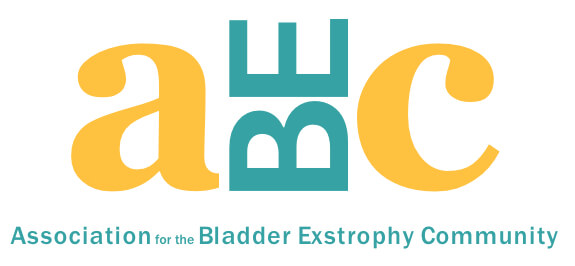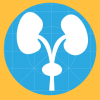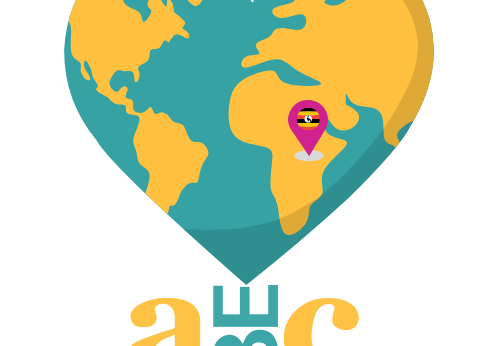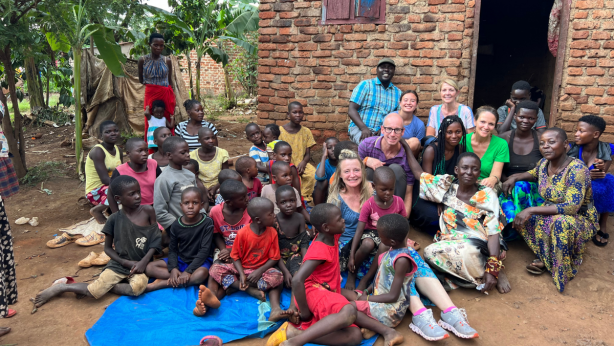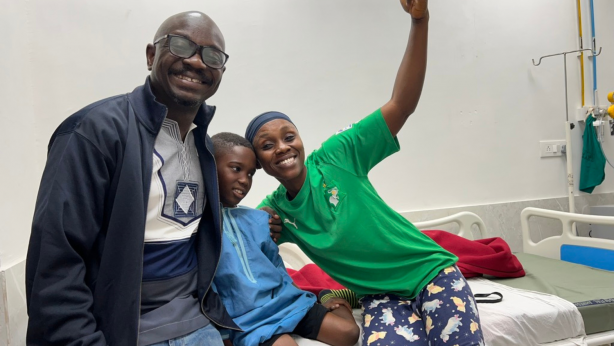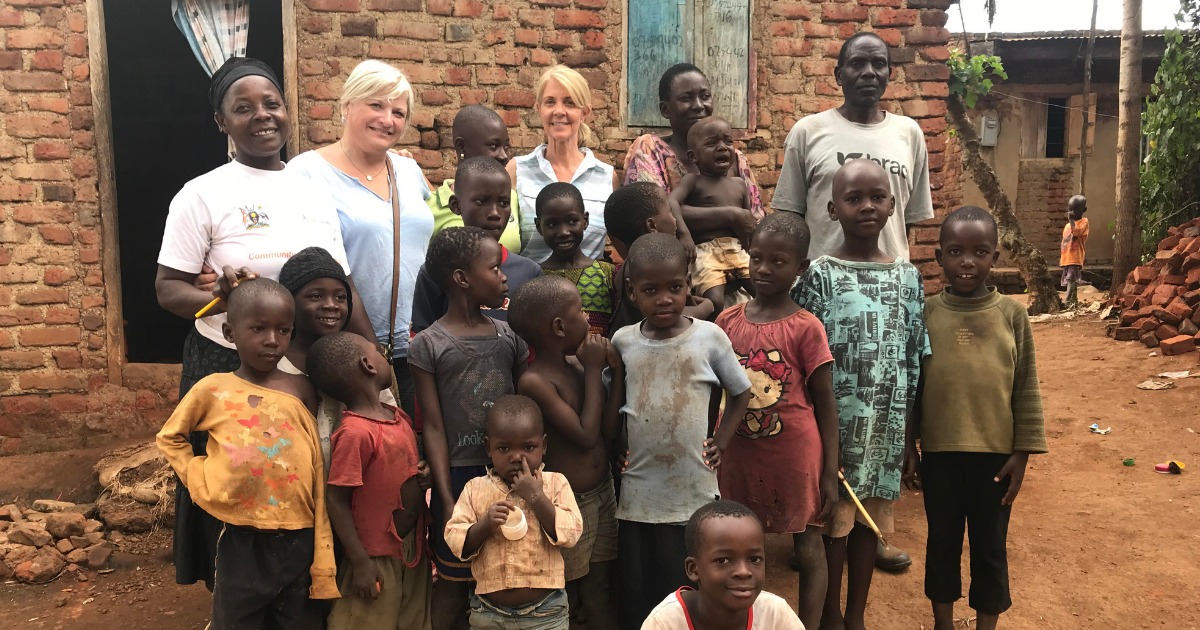
The treatable condition of bladder exstrophy can still be a death sentence in Uganda
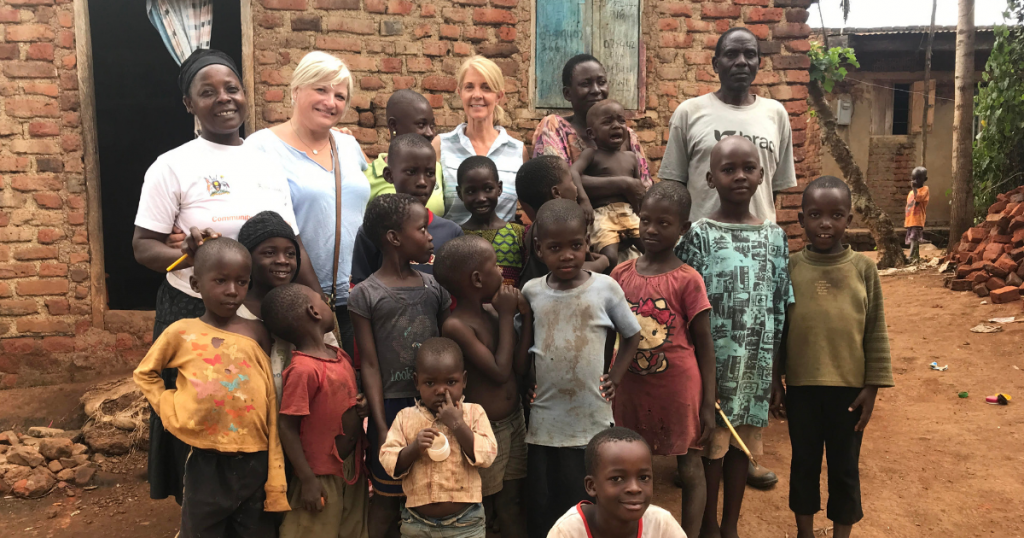
When a child in the US is born with bladder exstrophy, it can be both shocking and devastating. With ultrasound technology many parents have already been given the bladder exstrophy diagnosis before birth, but it is still overwhelming for parents to see the defect and be hurdled into a world of surgeries, information and follow up care. But that child is typically born in a hospital with a variety of medical professionals. Parents either have health insurance or access to government programs to assist them with the overwhelming costs of managing this condition. The mortality rate is near zero.
Hospitals overwhelmed by other needs
But in places like Uganda, the story is much different. Prenatal identification is possible, but most children are not identified until birth. Bladder exstrophy is a rare condition, so experience at most community hospitals remains limited. And with little knowledge and resources, the options for treatment elsewhere are slim to none. Public referral hospitals are overwhelmed by other needs and priorities. Even if there is a provider in the area with knowledge of bladder exstrophy, we all know that it presents a significant surgical challenge that requires lifelong management. This also means money. Money that families don’t have.
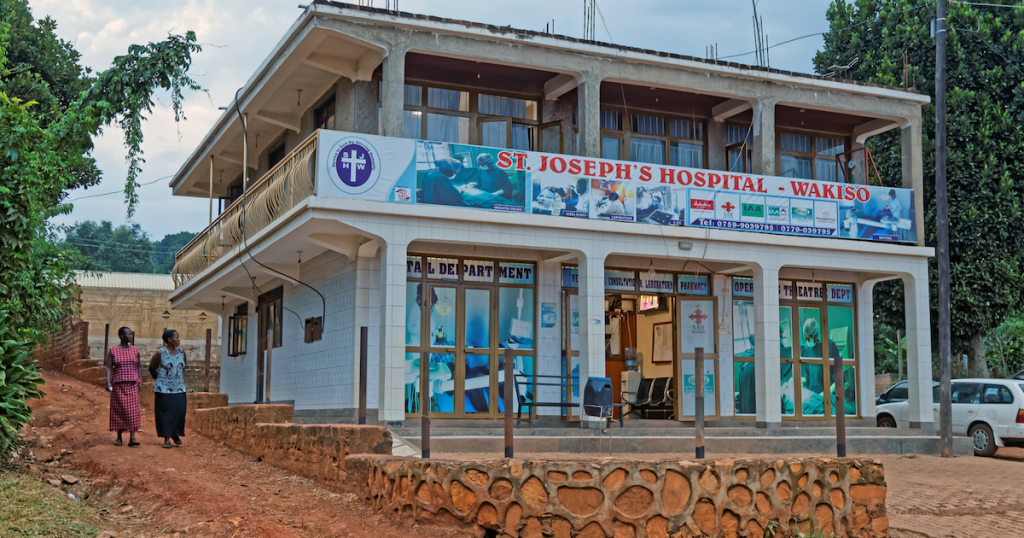
Families counseled to simply “keep the baby comfortable”
There is no government support for healthcare in general, so resources are limited from the beginning. It’s estimated that more than 45 children were born with bladder exstrophy just in the last year in Uganda. Most are undiagnosed and untreated. And since there is very little awareness about bladder exstrophy, families who cannot afford treatment are counseled to go home and “keep the baby comfortable” until they die, thinking it will only be a short time. Many times, the father deserts the family leaving the mother to deal with this alone. Overwhelmed, the mother will also abandon the baby.
We know that being born with bladder exstrophy is not a death sentence. But many of the children live a horrific life of isolation, bullying, neglect and abuse. Because of their condition, children with bladder exstrophy are hidden from society sometimes for years. These children are ostracized by their village and even their families. They are a financial and social burden to their caregivers. The mortality rate is high for these children due to abandonment, lack of care and infection. They lack the supplies to keep them dry and odor free. The local schools turn them away. They never learn to read or write. The inability to stay dry coupled with the lack of clean water is a breeding ground for infection. These infections fester causing the skin to break down and can eventually lead to death.
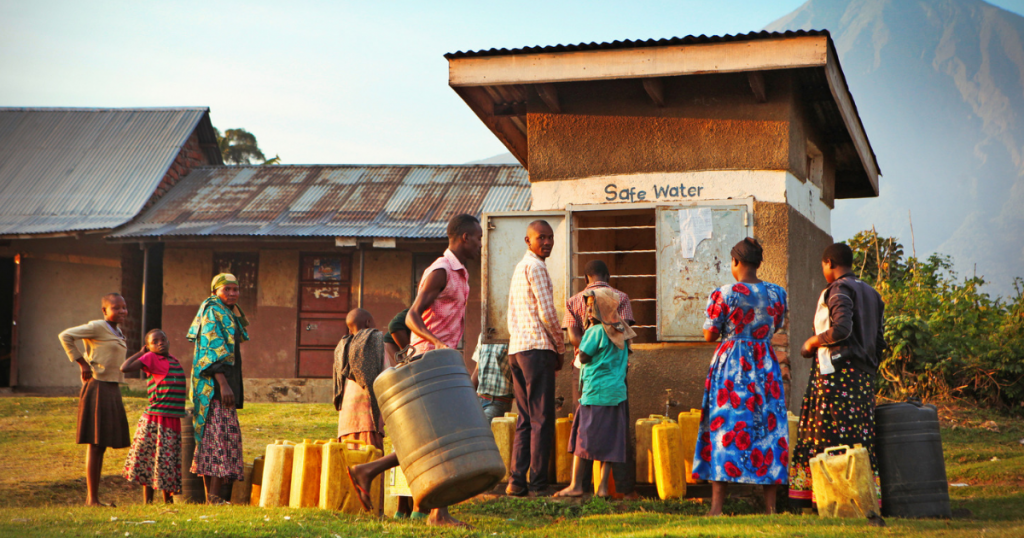
Changing the future for children born in Uganda with bladder exstrophy
But it doesn’t have to be this way. Association for the Bladder Exstrophy Community (A-BE-C) is working with leaders of an in-country health care network, as well as with two Ugandan surgeons who have been trained at the Operative Workshop on Exstrophy in India. Together we are collaborating on a three year vision for change and are working together to make it happen.
You can help on November 27th!
A-BE-C is launching a global care initiative with a focus on Uganda for 2019. There will be opportunities for everyone in the community to become involved. Start by marking your calendar for Giving Tuesday on November 27. On that day make a donation of whatever amount is right for you.
You can also set up your own campaign and approach your employer about a corporate match program. Most importantly, please watch for and share Giving Tuesday posts and emails with your friends, colleagues, and family, and encourage them to support the Uganda initiative.
Despite the glaring discrepancy of care and resources, families from around the world who have experienced bladder exstrophy have experienced the same emotions. There is always fear and isolation that goes along with this diagnosis. There’s always a stigma associated with this condition. There is always a feeling of being overwhelmed, of not having enough information, and of having to educate others.
We are all connected, and we can help provide support and hope to those who have none.
